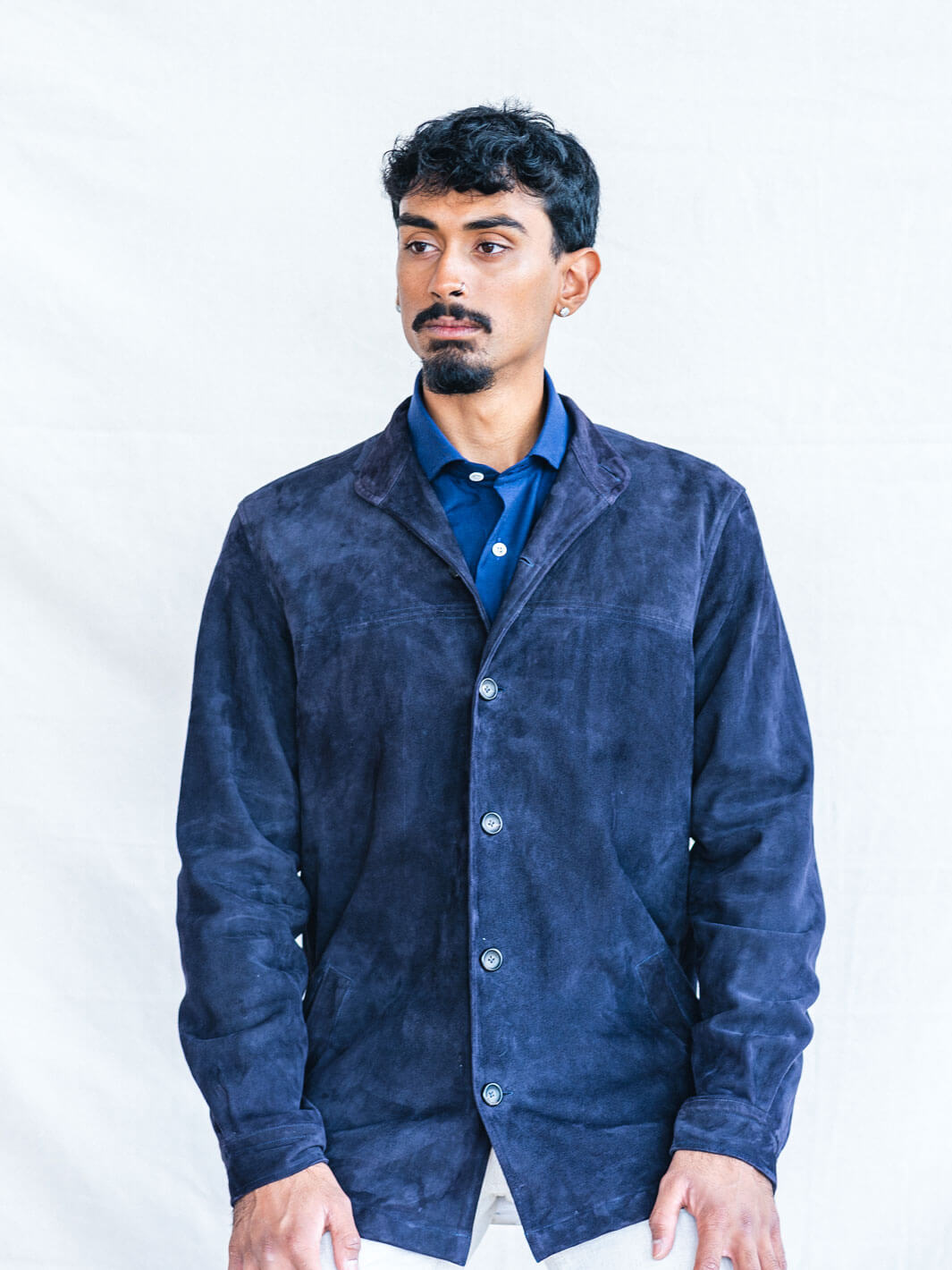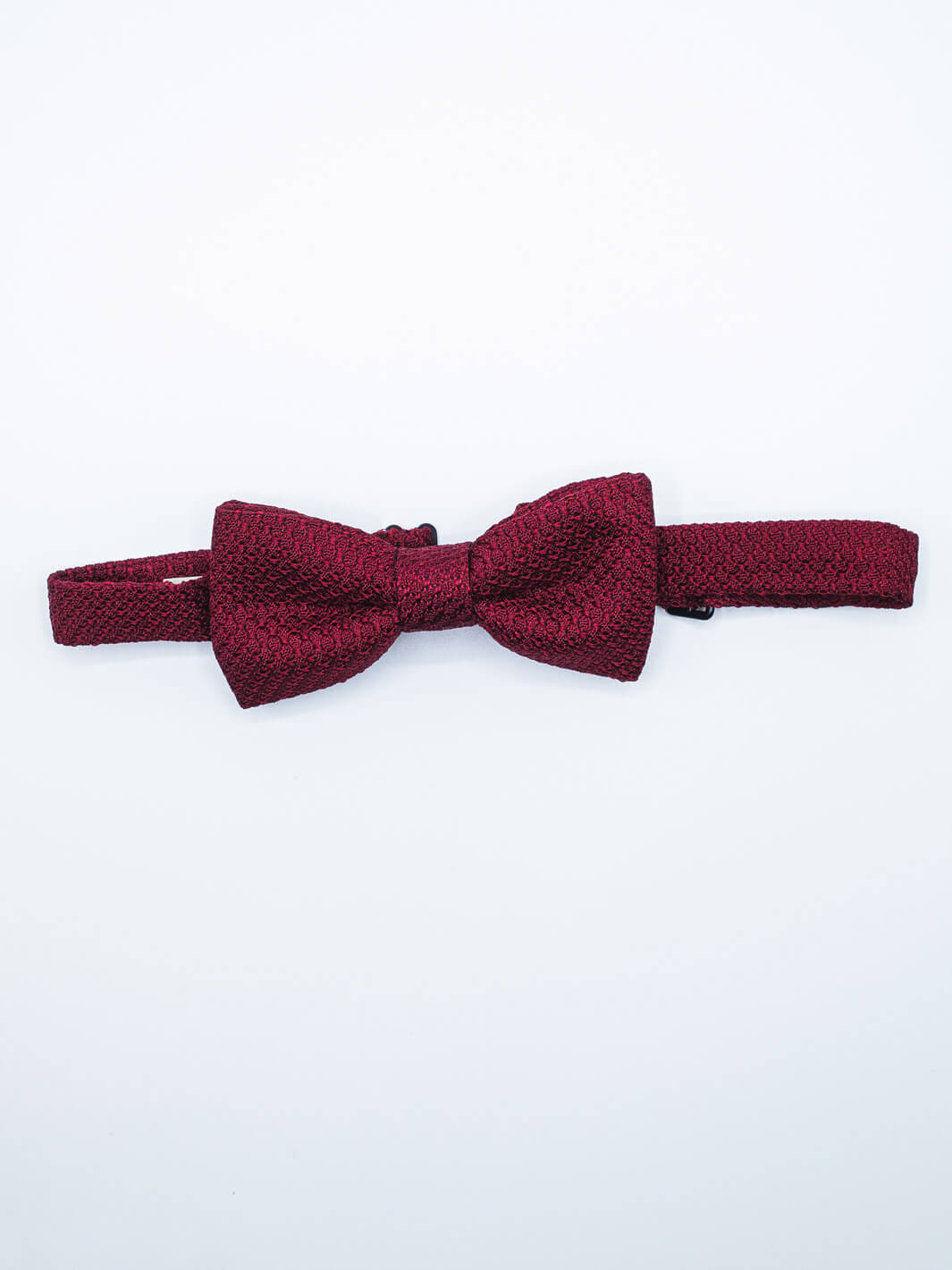The indelible legacy of blue jeans is as American as the frontier where they were created. The quintessential denim garment transcended its humble origins as new world workwear to become the iconic embodiment of Americana and a staple of global fashion. The rugged durability, versatile style, and cultural symbolism would stitch the Levi’s legacy into the seams of fashion history and manifest an indelible destiny of its own.
The Merchant, the Tailor, & the Railroad Workers
Levi Strauss, the man for whom the legendary pants are monikered, was not a fashion designer at all, but a dry goods merchant. The Jewish Bavarian immigrated to the US in the 1840s where his brothers had already established a wholesale dry goods business in New York City. In 1854, Levi expanded the family business out west, opening his own branch, Levi Strauss & Co., in San Francisco—the commercial hub of the California Gold Rush. The heavy-duty cotton duck cloth, denim, was just one of many imports they sold. It would be one of Strauss’ customers, a tailor, who was the inventor that pioneered the design of blue jeans as we know them.
Jacob Davis, a Russian-Jewish immigrant, arrived in the New World in 1854, adventuring across the country from New York City to San Francisco, from Maine to Western Canada and Reno. In addition to training as a journeyman tailor, he panned and prospected for gold, built a brewery, and applied for various patents without much success. In 1870, he set up a tailor shop in a Nevada railroad town, producing for the local workmen the essential goods their various frontier industry vocations demanded: tents, horse blankets, wagon covers, and clothes; for which, he often utilized denim, bolts of which he regularly procured from Levi Strauss & Co.

Davis’s patrons were the working men of the wild west made up of railroad builders, lumberjacks, gold miners, cowboys, and their families. People had to become strong and resilient to endure the demands of such a life in those times. The wife of a local woodcutter felt her husband needed a pair of pants that could hold strong against the destructive elements inherent to his work. In 1873, Davis designed the first pair of blue jeans, called "waist overalls": material cut from denim with seams reinforced with the iconic metal rivets and orange thread.
It wasn’t long before Davis was overrun with more orders than he could ever fill on his own, so he partnered up with Levi Strauss, his supplier and fellow Jewish immigrant. Strauss had the connections and resources to get Davis’ invention patented and mass-produced. Hence we call them Levi’s, which we can all agree is a more stylish fashion moniker than if they were named for Davis. Due to the immense popularity of Davis's invention, competitors swiftly followed suit in copying the blue jean design. To set their original design apart from imitations, Levi Strauss & Co. rebranded their product from "XX Waist Overalls" to "501" and introduced the distinctive double-stitched orange “V” on the back pocket.

Zeitgeist Americana
Levi’s would go on to cement a place in the fabric of global fashion as a lasting symbol of the ineffable spirit of American rebellion. When the “blue collar” unions called a strike, Levi’s was there. When Marlon Brando rebelled in The Wild One, Levi's was there. When the counterculture hippies descended on Woodstock, Levi’s was there (in bell-bottom form). Later in the 20th century, when the youth of the Soviet Union sought fashion to symbolize their dissidence toward their authority, illegally smuggled Levi’s were the hottest fashion commodity in all of Russia.
Times change. Nations rise and fall like fashion trends. Societies evolve. Technology progresses so rapidly, it is impossible to know what the future will bring. However, if history tells us anything, it's that whatever the future does bring, it will bring Levi’s with it.

Selvedge Denim vs Raw Denim
When delving into the world of denim, two terms often arise: selvedge denim and raw denim. Understanding the difference between these types is crucial for any denim enthusiast.
Selvedge Denim
Selvedge denim, sometimes spelled "selvage," derives its name from the term "self-edge," indicating the finished edge of the fabric. This edge is produced on traditional shuttle looms that weave a narrow strip of fabric, typically about 30 inches wide. The self-finished edges are clean and prevent unraveling, which is a mark of high-quality denim. The tightly woven edge is often finished with a colored thread, commonly red, which can be seen when the jeans are cuffed.
Selvedge denim is lauded for its durability and superior craftsmanship. The traditional shuttle looms used to create selvedge denim weave the fabric at a slower pace than modern projectile looms, resulting in a denser and often heavier fabric. This slow process imbues the denim with unique characteristics, such as slight imperfections and variations in the weave, giving each pair a distinct personality. This is how old school Levi's jeans were made.
In addition to its durability, selvedge denim is often considered more environmentally friendly. The slower production process consumes less energy, and the narrow looms waste less fabric compared to the wide looms used in mass production.
Raw Denim
Raw denim, also known as dry or unwashed denim, is denim in its purest form - the way Levi's used to make them. Unlike most jeans on the market today, which are pre-washed to achieve a worn-in look and feel, raw denim is sold without undergoing any washing processes after dyeing. This means the fabric is stiff and dark blue when new, gradually softening and fading with wear.
The appeal of raw denim lies in its ability to develop a unique fade pattern over time, reflecting the wearer's lifestyle. This process, often referred to as "whiskering" and "honeycombing," results in natural creases and color variations that make each pair of jeans one-of-a-kind. The personalization of raw denim is a significant draw for denim aficionados, who appreciate the relationship between the garment and the wearer.
However, raw denim requires more care than pre-washed denim. To achieve the best fades, wearers often avoid washing their jeans for several months, allowing the indigo dye to wear off naturally in high-friction areas. When it is finally time to wash them, a gentle hand wash or a soak in cold water is recommended to preserve the unique fade patterns.
The Intersection of Selvedge and Raw Denim
While selvedge and raw denim are distinct concepts, they often intersect. Many selvedge jeans are also raw, meaning they are sold in their unwashed state. This combination represents the pinnacle of denim craftsmanship, offering both the quality of selvedge fabric and the personalization of raw denim.
Selvedge raw denim jeans are typically more expensive than their non-selvedge or pre-washed counterparts due to the labor-intensive production process and the premium materials used. However, for enthusiasts, the investment is worth it for a pair of jeans that are durable, environmentally friendly, and uniquely theirs.
Conclusion
The enduring legacy of Levi’s jeans is a testament to their timeless appeal and cultural significance. From their origins as durable workwear for frontier workers to their status as a global fashion icon, Levi’s have remained a symbol of American resilience and ingenuity. The distinctions between selvedge and raw denim further enhance the appreciation for denim's rich history and the craftsmanship involved in creating high-quality jeans. As trends come and go, the authenticity and enduring style of Levi’s, especially those made from selvedge and raw denim, continue to captivate and inspire.









